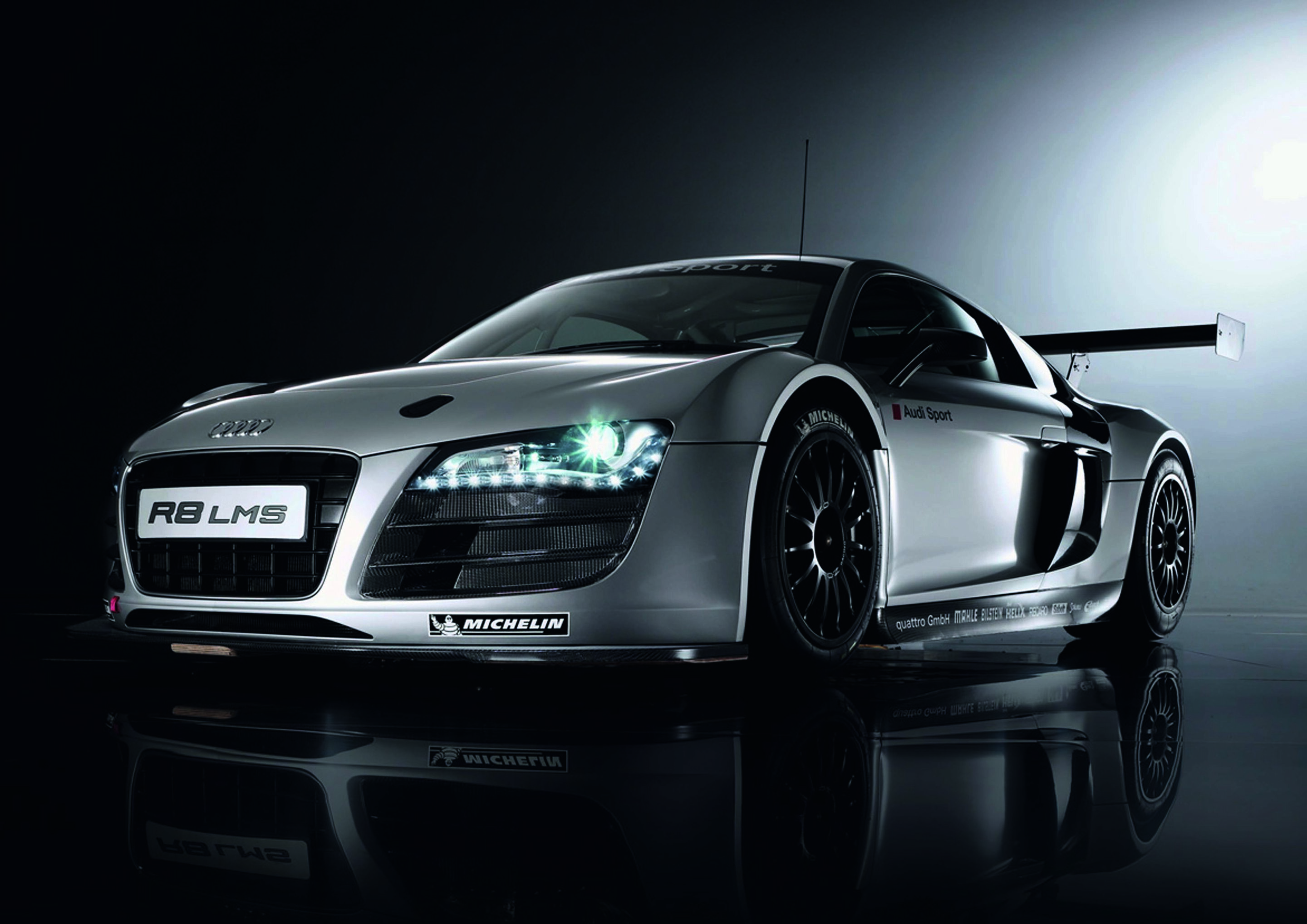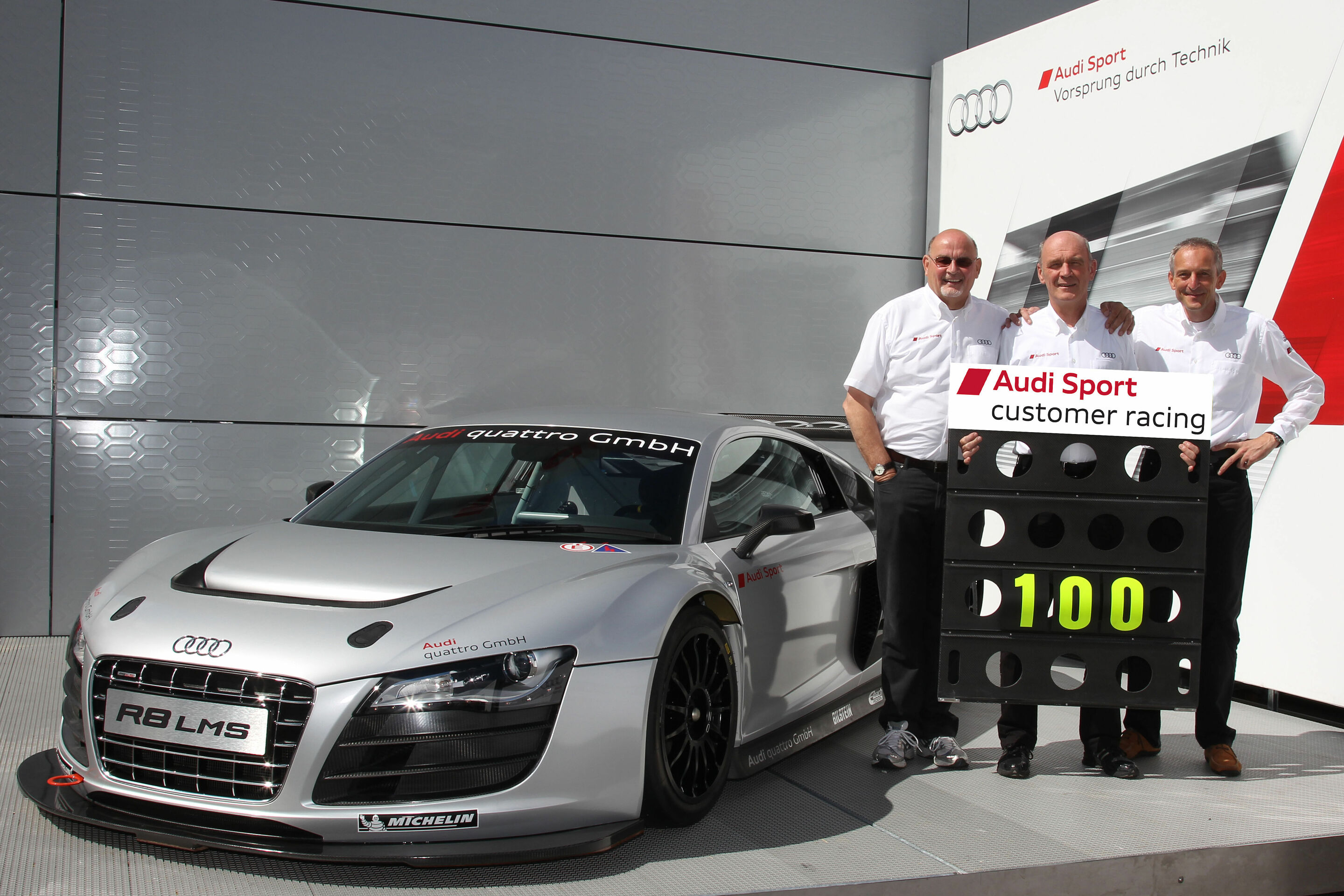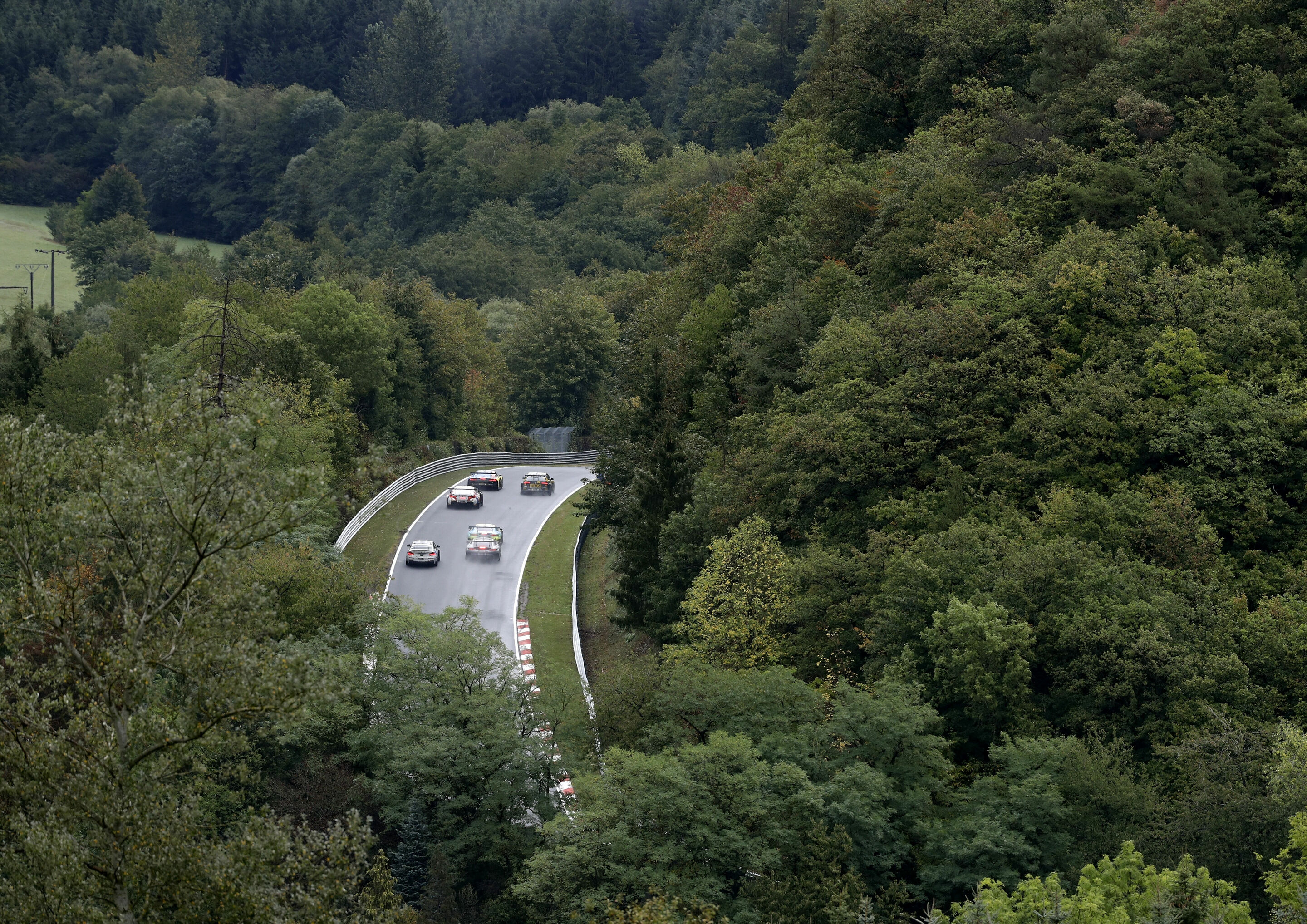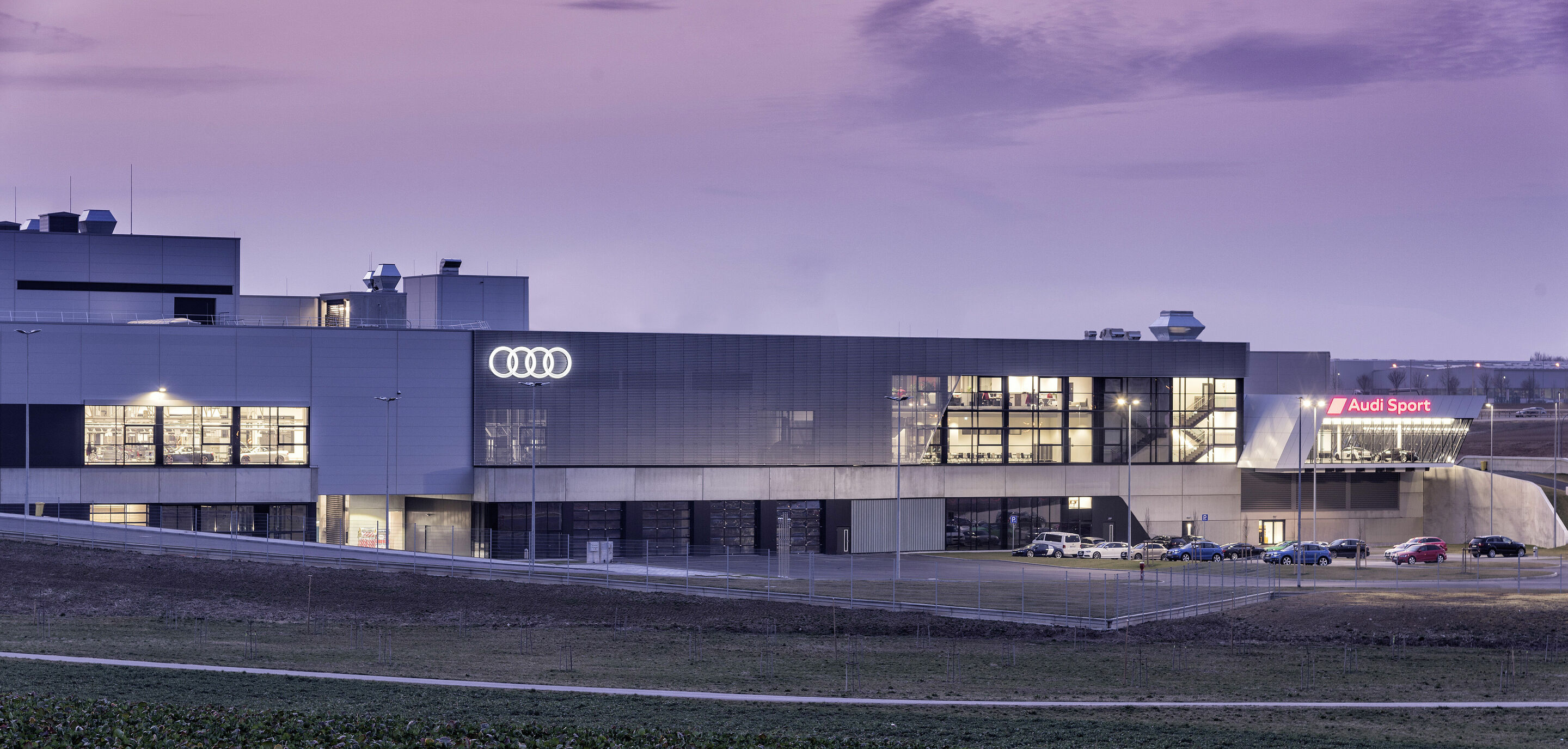Growth years: Between Neckarsulm and Nürburgring
Back to overview
“After all, we had already created a brand. But Werner Frowein developed it further and not only laid the foundations but also built the first and second floors right away.”
Thomas Degenhard, former Customer Consultant Vehicle Customization at quattro GmbH
1998 simultaneously marks the beginning of a radical change for the then quattro GmbH in two respects. Having previously been based at AUDI AG’s headquarters in Ingolstadt, the company moved to Neckarsulm. In addition, a new managing director, Werner Frowein, was appointed in the middle of the year – who shaped the company’s development over the next 14 years. With the appointment of the experienced automotive engineer and manager by the Chairman of the Board of Management of AUDI AG Franz-Josef Paefgen, quattro GmbH was restructured and its own development, sales and marketing divisions were created. “These measures enabled us to respond better to the wishes of the individual markets and thus even more specifically to the demands of the customers,” explained the managing director.
During Frowein’s era, the model portfolio expanded significantly: starting with one model, the portfolio was expanded to include various vehicle segments. By 2012, when Frowein retired, it already included eight models. “Werner Frowein was exactly the right man for the job,” recalls Stephan Reil, the longstanding head of development at quattro GmbH. This is also emphasized by Thomas Degenhard, former customer advisor for vehicle customization: “He put an extreme amount of energy into our projects and worked to ensure that they were realized as quickly as possible. We had already created a brand, but he developed it further and not only laid the foundations but also built the first and second floors right away.”
During this time, quattro GmbH’s special connection to the Nürburgring-Nordschleife also began. Decision-makers such as Werner Frowein and Stephan Reil were influenced by motorsport and the legendary “Green Hell,” which is considered as the most demanding race track in the world – both for the drivers and for technology. That’s why all of the high-performance production cars have been tested under extreme conditions on the Nordschleife since the late 1990s. Every RS and R model has to cover several thousand kilometers there before going into production. The first endurance run takes place during the very early development phase with a prototype and many test parts, in order to validate the technical concept and identify weak points. The second endurance run then uses a pre-production vehicle. “The accelerated wear factor on the Nordschleife is between 10 and 15, depending on the specific component,” explains Stephan Reil. “This means that the load on the component for every kilometer on this race track is roughly equivalent to the load of 15 kilometers on normal public roads.”
Audi Sport driver Frank Stippler, two-time winner of the 24-hour race and involved in the test program of the production cars since 2003, knows what makes the Nordschleife so demanding: “You can filter out the final weak points there during the endurance runs before the production process begins, which is not possible on the dyno or with simulations. As a race driver, I can test the car at the absolute limit and thus give the Audi engineers additional input during the fine-tuning stage.” With the high-performance models from quattro GmbH, these endurance tests at the “Green Hell” have become an indispensable part of development approval for road car production.



